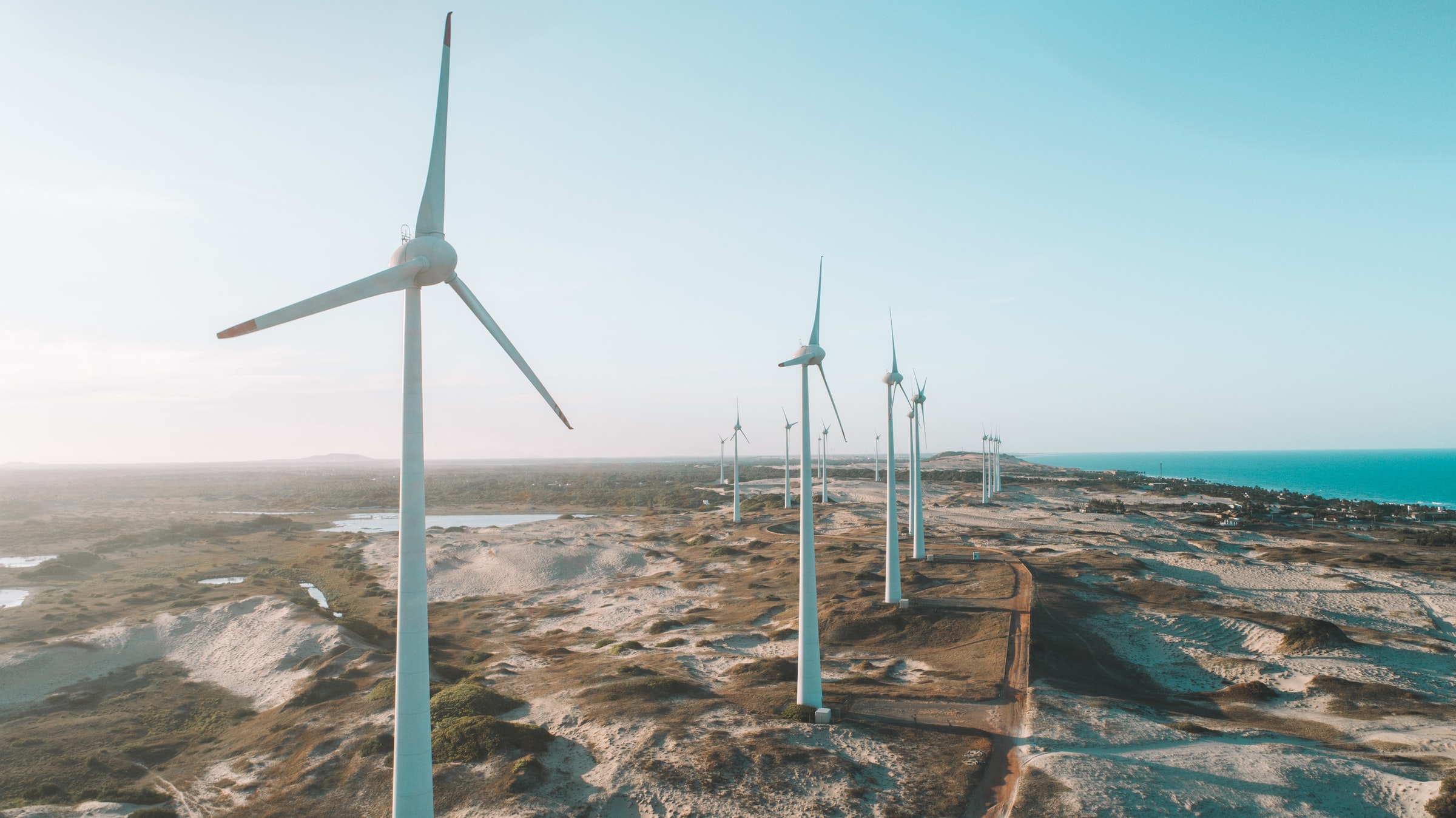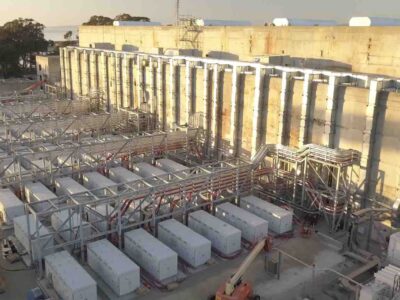COP26, the United Nations Climate Change Conference that’s been taking place in Glasgow, Scotland, has brought to the forefront urgent climate issues that world governments and corporations need to address.

But what kind of investment implications will these climate meetings and agreements have for investors?
According to Todd Rosenbluth, head of ETF and mutual fund research at CFRA, COP26’s potential impact for investors could be twofold.
First, the conference is raising awareness among investors regarding international climate cooperation.
“The focus is on clean energy and low carbon,” he said. “So, it reminds investors that there are differences in how companies are prepared for this future world. And that they can use ETFs to differentiate between those companies that are better prepared vs. less prepared for that future.”
This would include large companies that we all know of, such as Amazon (AMZN), Apple (AAPL), Tesla (TSLA), across many sectors and countries that have made commitments to green operations and set specific net-zero carbon goals.
The second impact is a more targeted approach to clean energy investing and focuses on specific areas that are poised to be the harbingers of future expansion to meet global climate goals.
“Clean energy has been an investment theme that’s been gaining traction for a few years,” noted Rosenbluth. “There are (ETFs) companies that are positioned to win as various countries seek to prioritize clean energy. These are companies that invest in wind, solar, and other energy products. So, this is a more targeted investment theme to gain an exposure toward what could benefit the most as opposed to companies that are better prepared from all sectors of the market.”

An example of an ETF that fits the first impact type is iShares MSCI ACWI Low Carbon Target (CRBN). The $1.4 billion fund owns over 1,300 stocks, including Apple, Microsoft (MSFT), Tesla, Google parent Alphabet (GOOGL), Facebook parent Meta Platforms (FB), Nvidia (NVDA), and Taiwan Semiconductor (TSM).
Rosenbluth said the companies in this fund have a relatively low carbon footprint. “This ETF doesn’t look all that different than a traditional global equity ETF, but it’s an ETF that takes an index-based approach towards reducing carbon footprint.”
About 60% of holdings are in U.S.-based companies, while 40% are non-U.S. firms. The ETF is up nearly 20% this year.
Another example is actively managed BlackRock U.S. Carbon Transition Readiness (LCTU). The fund invests in low- to mid-cap U.S. companies that should benefit from the transition to a low-carbon economy.
The fund came to market in April and has already amassed $1.5 billion in assets. The fund also includes some of the large names such as Microsoft, Apple, Amazon, and Tesla, but its more than 300 holdings are U.S. based.
For a more targeted exposure, $4 billion Invesco Solar (TAN) holds 44 stocks in the solar energy space. Top holdings include Enphase Energy (ENPH), SolarEdge Technologies (SEDG), First Solar (FSLR), Daqo New Energy (DQ), and SunPower (SPWR).
Global X Wind Energy (WNDY) just launched in September and is still quite small with $3 million in assets. It has a global focus with 96% of firms outside of the U.S., including China, Denmark, and Canada. The fund invests in companies that are involved in wind energy technology production, integration of wind into energy systems, and the making of wind turbines.
“There are two ways to potentially invest,” said Rosenbluth. “One is to have a broad approach, favoring companies that make clean energy and technology a priority and are acting as potentially stronger corporate citizens in a greener planet. And then there’s ETFs that are more targeted that are seeking a higher reward but are also higher risk because of how new this investment theme is. Investors need to make sure they understand they’re going to perform differently.”





